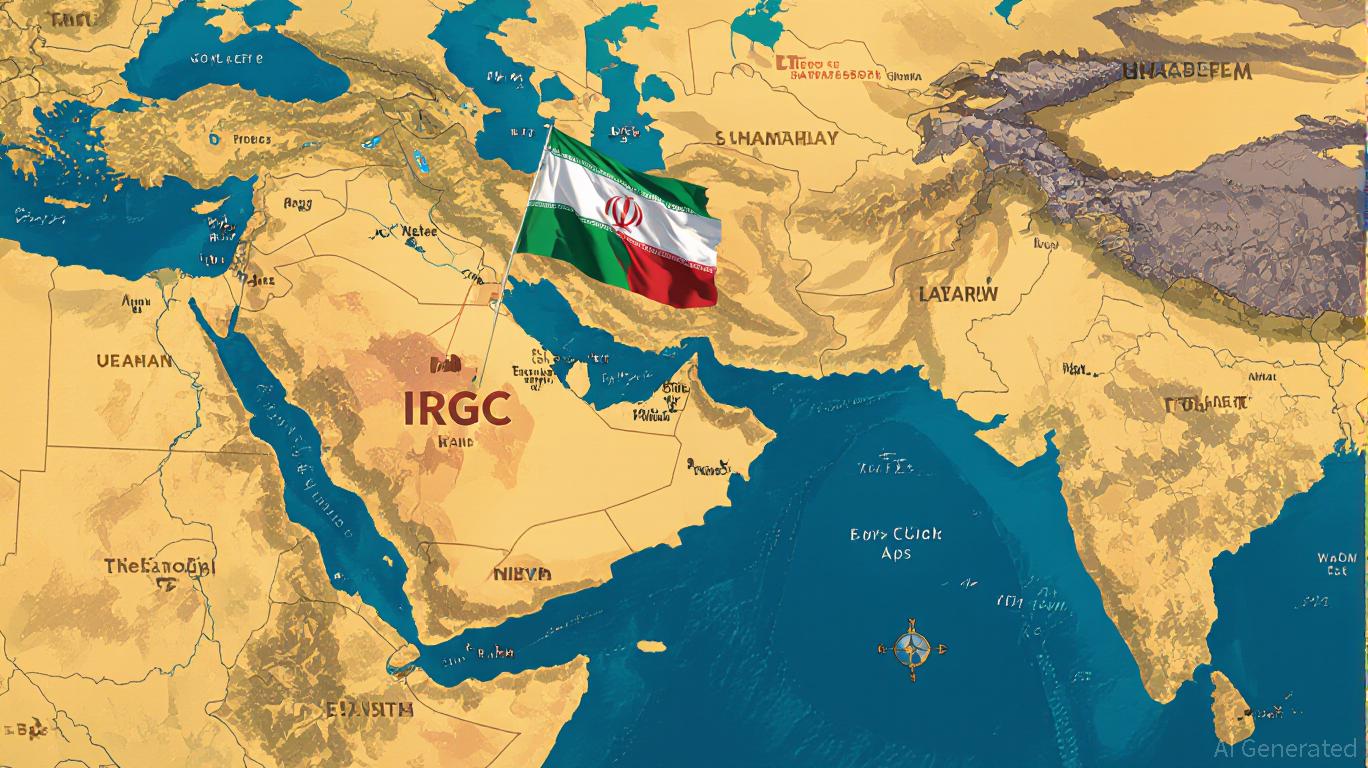
The Iranian Revolutionary Guard Corps (IRGC) has long been a paradox: a military force turned economic juggernaut, and a political actor shaping the fate of a nation. In 2025, post-war Iran finds itself in a precarious equilibrium, with the IRGC’s deep entrenchment in the economy and political structure acting as both a stabilizer and a destabilizer. For investors, understanding this duality is critical to navigating the region’s volatile landscape.
The IRGC’s Economic Empire: A Double-Edged Sword
The IRGC’s economic footprint spans construction, energy, banking, and even digital services. Its flagship entity, Khatam al-Anbiya Construction Headquarters, has become a symbol of both ambition and dysfunction. While the conglomerate has executed high-profile projects like the Persian Gulf Star refinery and pipeline systems, it has also faced costly failures, such as its unproductive role in the South Pars gas field. These projects are not just about infrastructure—they are about power. By securing no-bid contracts and blocking independent ventures (e.g., the 2025 IPO of Divar, a tech platform), the IRGC ensures its dominance over Iran’s economic lifelines.
This control is not without consequences. The IRGC’s illicit networks, including oil smuggling to China and black-market trade, have allowed it to circumvent U.S. sanctions and fund regional operations. While this provides short-term resilience, it also creates a shadow economy that undermines transparency and long-term growth. For investors, this duality raises a critical question: Can a country’s economy thrive when its most powerful institution prioritizes survival over reform?
Regional Instability: The IRGC’s Strategic Gambit
The IRGC’s military engagements have transformed it into a regional power broker. Its alliances with groups like Hezbollah, the Houthis, and Iraq’s Popular Mobilization Forces (PMF) have created a “resistance axis” that challenges U.S. and Israeli influence. Post-2025, this strategy has escalated: the IRGC’s direct missile strikes on Israel and its role in Yemen’s Houthi war effort have heightened tensions across the Middle East.
The human and economic toll is staggering. In Syria, IRGC-led reconstruction projects have cemented its presence, while in Iraq, it has resisted U.S. pressure to disarm the PMF. These actions, while reinforcing Iran’s regional clout, have also deepened cycles of conflict. For investors, the implications are clear: Persistent instability deters foreign capital, disrupts supply chains, and inflates insurance and hedging costs.
Investment Risks and Strategic Opportunities
The IRGC’s influence is not confined to Iran. Its black-market networks and proxy wars create a ripple effect, distorting trade routes and destabilizing markets. For example, the IRGC’s smuggling of oil to China has disrupted legal trade flows, while its support for militant groups has increased the risk of cross-border attacks. These factors compound investment risks, particularly in energy, infrastructure, and defense sectors.
Yet, for those willing to navigate the complexity, opportunities exist. The IRGC’s infrastructure projects, though opaque, could attract investors seeking exposure to Iran’s post-war reconstruction. Similarly, companies specializing in sanctions-compliant trade or cybersecurity (to counter IRGC-backed cyber threats) may find niches in this environment.
A Call for Prudence and Diversification
For investors, the key takeaway is to hedge against geopolitical volatility while selectively engaging with opportunities. Diversifying portfolios across regions and sectors can mitigate risks tied to the IRGC’s activities. Additionally, monitoring indicators like oil price swings, sanctions enforcement, and regional conflict metrics is essential.
In the end, the IRGC’s story is one of resilience and risk. Its ability to adapt to sanctions and war has ensured its survival, but at the cost of entrenching a system that prioritizes power over progress. For investors, the challenge lies in balancing the allure of high returns with the reality of a region where stability is a fleeting commodity.
As the Middle East grapples with the aftermath of war, one truth remains: The IRGC’s shadow will loom large over both geopolitics and markets for years to come.
